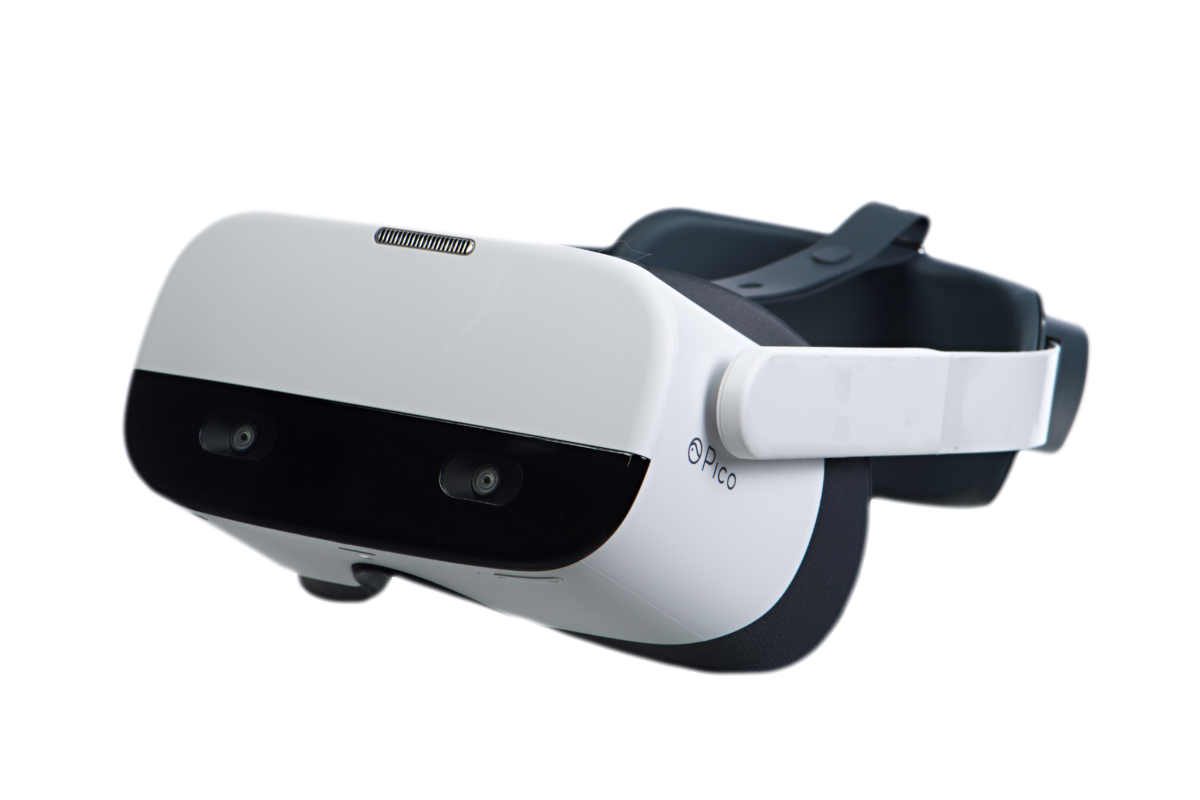Remote work continues to expand for many reasons. Employees can work from anywhere in the world with more flexibility and opportunity, while employers have access to a larger, more diverse talent pool than with on-location jobs, removing the barriers of time and place.
These remote positions present new and different challenges for training workers throughout the world. The solution? Well, the benefits of remote work mirror those that come with virtual reality remote work training.
With VR training, you gain the following opportunities:
- Teach thousands of users across an organization
- Bring remote employees together into one realistic virtual environment for collaboration with multi-user functionality
- Save time and money, and remove risks from training across a large enterprise
- Recreate and teach even the most catastrophic scenarios in a safe, virtual, yet realistic setting
These benefits are especially important when travel and business risks arise, as we’re experiencing with the recent spread of the coronavirus, where travel bans are being issued and quarantines become more and more necessary.
When unpredictable threats like the coronavirus create disruption, you can preserve your valuable Purell-brand hand sanitizer (it’s worth more than gold!) and consider a new VR training system that will create lasting benefits for your workforce.
Whether it’s to avoid risk or to find new opportunities for your business, let’s explore how VR Training can serve as an ideal remote work solution.
How Virtual Reality Can Scale Remote Training for Thousands of Users
VR allows training to evolve along with the increasing demand for remote work. In the last 10 years, remote work has grown 91%.
VR can scale training for thousands of users by creating a simulated training environment for even the largest organizations, providing flexibility and simplicity when managing curriculum for varying locations, personnel, and levels of experience or responsibility.
A complete VR training solution delivers educational experiences on demand, allowing you to not only target specific training needs but meet them regardless of physical limitations for your entire workforce. A VR content distribution platform allows for the flexibility to build incrementally to prove value initially, then add to your programs methodically, throughout your organization.
Train and Collaborate Remotely in Teams
With multi-user functionality in VR training, dozens of trainees can learn and interact in the same virtual work space at the same time, bringing teams together even if they’re thousands of miles apart. This allows for far more training and collaboration than you ordinarily could in real-life.
Delivered on a proper enterprise distribution system, multi-user VR training allows for experiential learning for all employees desired, regardless of their specific curriculum or even the VR hardware being used. This can lower costs and allow for more employees to train faster — and, more importantly, better.
With a team-training environment, employees can see the big picture of a training scenario as well as their unique role as a part of the team. This allows team members to practice working together and communicating to solve problems in even the most high-stake scenarios and conditions, each from their own locations, virtually.
Train Safely Without Limitations
Of course, one major benefit of VR training is the ability for employees to learn real and often dangerous tasks in a safe virtual environment.
Employees can benefit from programs that present critical scenarios, pushing them to access the depth of their knowledge and implement it in high-pressure situations in a multi-user VR setting.
VR training also protects employees and your business from unexpected real-world dangers that occur outside of your organization and have little to do with training objectives. As mentioned earlier, presently the coronavirus is causing massive disruption in the global economy as businesses struggle to keep employees healthy, manage travel restrictions, and cope with limitations on the flow of goods and services.
Businesses are having to step back from their international work in an effort to stop the virus from spreading, with employees choosing to self-quarantine if they believe they’re at risk of carrying the virus. Others face hurdles returning home after traveling for business.
VR training can lessen the impact of these unexpected complications.
With VR and other remote work solutions, employee safety can be enhanced and interruptions to their daily workflow mitigated. Rather than stop working, meeting, training, and collaboration can continue — while keeping people safe.
When Travel is Impossible, VR Training is Possible
In high-risk situations where travel may actually become impossible, VR training provides an accessible solution.
For instance, if a factory is in a coronavirus quarantine zone, you can overcome that hurdle by training and collaborating virtually, instead of losing more direct contact with the factory because you were unable to be there in person.
With a virtual solution, you can also avoid the costs, hassle, and risks often associated with air travel, including delays, cancellations, and additional costs when employees travel.
Don’t Compromise When it Comes to Employee Experience
With VR training as a remote work solution, (relatively) normal work patterns, modes of communication, and team dynamics are not compromised. In many cases, they can be enhanced with the tools that VR provides.
Learning retention increases significantly as mistakes become opportunities for improvement. Training for rare but critical aspects of the job, including potentially catastrophic events, becomes viable.
Various team members can come together more often in one environment, with very few limitations.
Remote Working Provides New Opportunities
Unpredictable threats like the coronavirus will create disruption, but using VR as a tool to effectively continue to deliver your business goals amid the disruption also creates the opportunity to explore new ways of working.
When travel or other safety risks arise, VR offers an immersive solution to continue realistic, yet remote interactions. Disruptions such as this remind us of the importance of being flexible and proactive.
With remote work also on the rise, this is an important time to consider the benefits of VR for your employee training programs and collaborations.

PIXO Has Improved VR Management to One Easy Step

